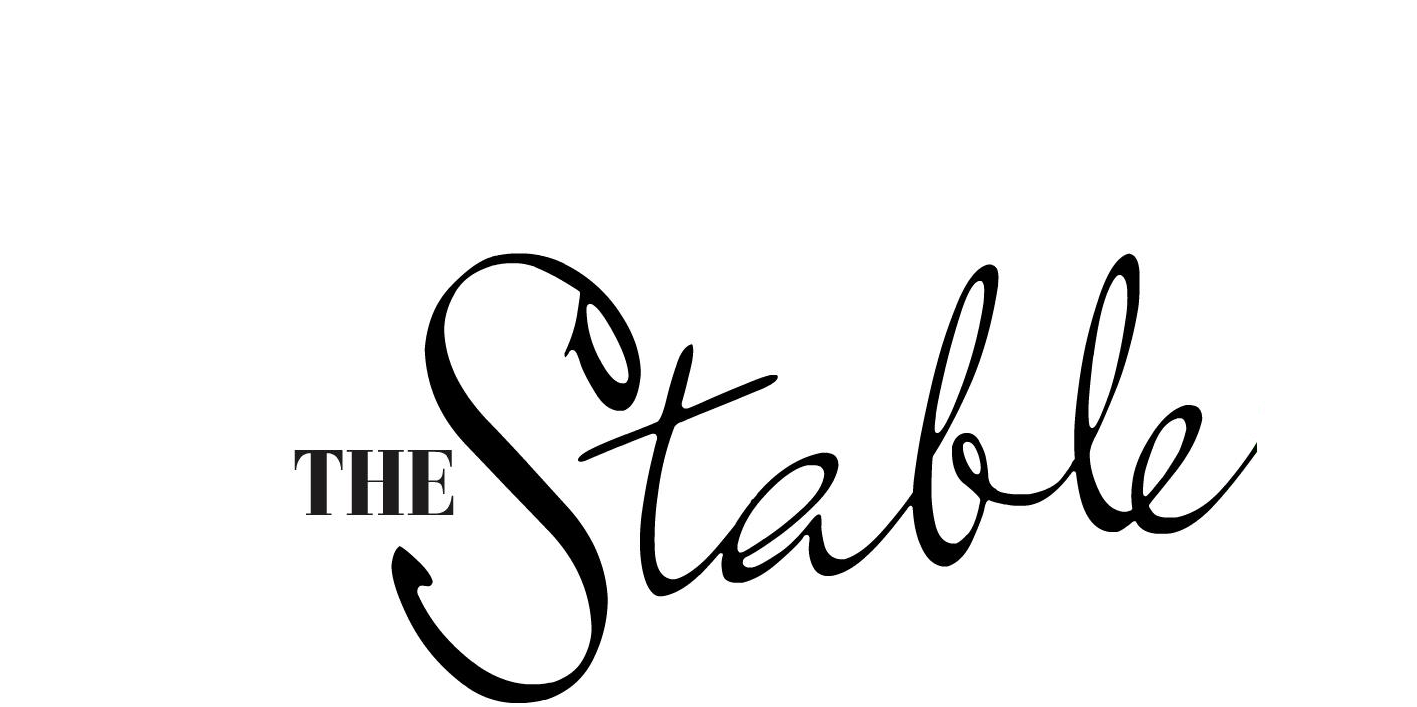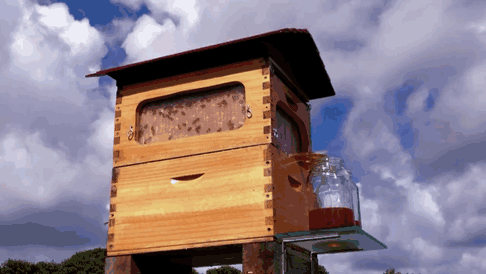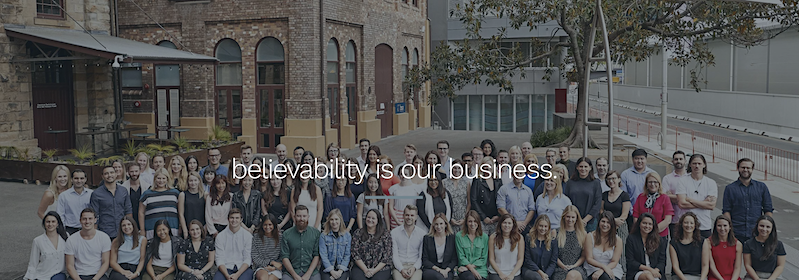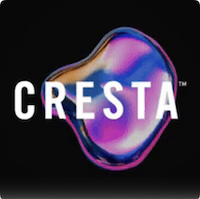Bridget Jung is chief creative officer at opr. Her “what made it great” has nothing to do with PR or advertising but it does have a lot to do with solving problems by defying the rules, by believing that things don’t have to be done the way they always have been. It’s also about bees and pure honey, caring better for the former and making the latter easier to obtain. It’s a great “what made it great”.
Bridget Jung: What made it great?
If we were judging ‘it’ in advertising, I’d say this would be a clear titanium winner “a breakthrough idea that’s provocative and points to a new direction in the industry”. Rather than write about advertising, I’d like to dig into the invention of a new type of beehive designed by a father & son team in Byron Bay. It’s called the Flow Hive and it’s completely revolutionised beekeeping just when the world desperately needed to recruit a new population of backyard beekeepers.
To understand why it’s such a big deal we need to nerd out on the basics of beekeeping. Humans have been keeping bees for over 9000 years and a big part of this involved using skeps (upturned baskets) however this technique required the destruction of the hive, and often the death of the entire colony, to harvest the honey. The last big breakthrough was in 1851 when Lorenzo Langstroth invented a beehive with frames that you could easily remove from the hive. You can read more about this and the important discovery of bee space here. Langstroth’s hive was a game changer because it allowed the beekeeper to easily inspect and check for diseases or other problems and most importantly it made it easier to collect honey.
U.S. Patent No. 1,484, issued October 5, 1852 (image: Google patents)
But even if you can remove the frames with the honeycomb from the hive you still need to separate the honey from the honeycomb. For the last 150+ years, beekeepers across the globe have been using pretty much the same method of extracting honey. There are several steps involved, it’s pretty messy and it requires special equipment (a centrifugal spinner) that most people rent or borrow from their local bee club. It’s not always convenient to transport the full honey frames to the extractor and then back to the hive. In addition to the time-consuming nature of all of these steps, the process can be disruptive for the bees.
So now let’s now get to “it” – the Flow Hive. Co-inventors, Cedar Anderson and Stuart Anderson, were convinced that there must be an easier way to extract honey straight from the hive that was less stressful on the bees. They imagined a totally new system that made honey harvesting as easy as turning a tap. By simply turning a key, the top frames split open allowing raw honey to flow out of the hive, directly into a jar.
This simple yet radical idea took the world by storm. In 2015 they launched a crowdfunding campaign on Indiegogo with a modest target of $70,000. The video went viral, they surpassed their goal within 8 minutes and by the end of the campaign they had US$12.2 million worth of advance orders and a monumental task ahead of them. There is great coverage of the entire process of how Flow Hive came to be by Australian Story.
Flow Hive is not for everyone, and there are definitely those critical of the approach preferring more traditional methods. Flow Hive doesn’t eliminate the keeping side of beekeeping, but it has made it more accessible and appealing to a completely new demographic. It’s inspired a new generation of beekeepers now with over 75,000 customers in 130 countries and I’m one of them. Last year, a swarm of bees decided to take up residence in the walls of our house. We decided that it was the perfect opportunity to become backyard beekeepers. We joined a bee club and rehomed our bees into a Flow Hive in our backyard and haven’t looked back since. I love the design. I love the simplicity. I love the innovation.
The take-out for me is that these guys challenged the brief. They didn’t try to optimise or incrementally improve conventional thinking or practices. Instead, they completely re-engineered a 150+ year tradition and revolutionised beekeeping. It’s inspiring to see how a new take on an old problem can change the world.
Beekeeper Bridget Jung can be found here.




















